Key to Australian Freshwater and Terrestrial Invertebrates
Phylum Arthropoda, Subphylum Crustacea
Common name: crustaceans
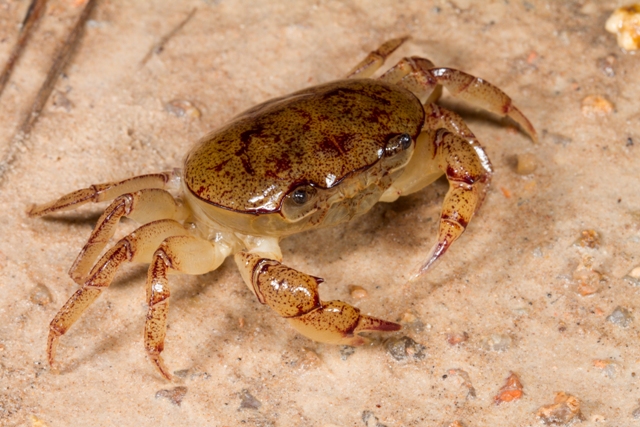
Malacostraca - Decapoda - Austrothelphusa transversa
Image credit: � Stephen Zozaya
used with permission
Image credit: � Stephen Zozaya
used with permission
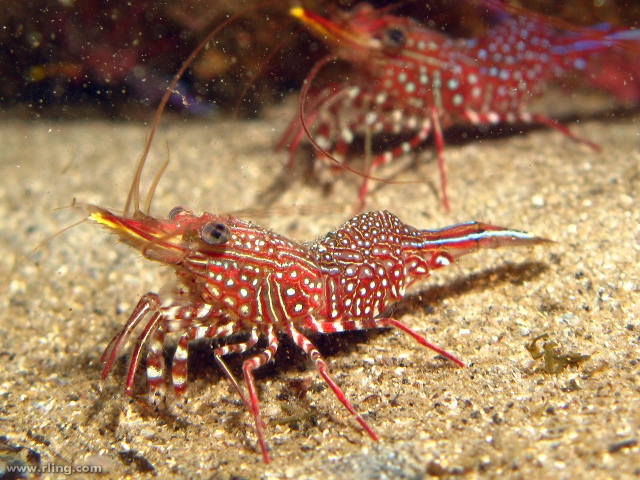
Malacostraca - Decapoda - Rhynchocinetes sp.
Image credit: Richard Ling
used under a Creative Commons Attribution-NonCommercial-ShareAlike license
Image credit: Richard Ling
used under a Creative Commons Attribution-NonCommercial-ShareAlike license
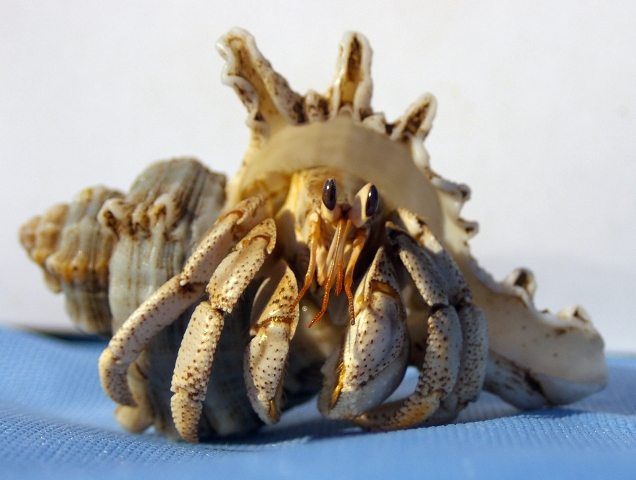
Malacostraca - Decapoda - Decapoda - Hermit crab
Image credit: Vanessa Pike-Russell
used under a Creative Commons Attribution-NonCommercial-NoDerivs license
Image credit: Vanessa Pike-Russell
used under a Creative Commons Attribution-NonCommercial-NoDerivs license
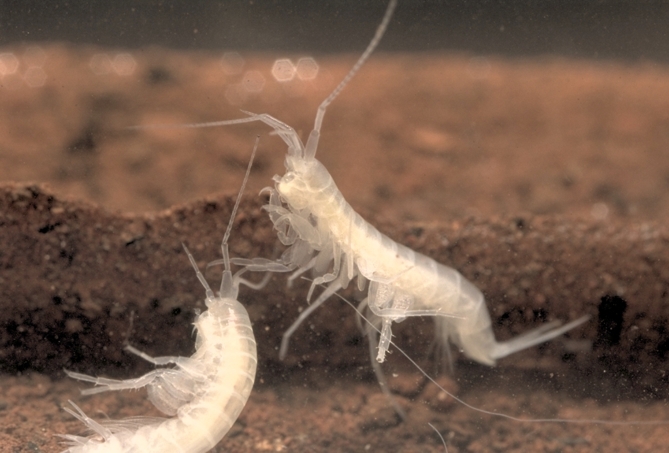
Malacostraca - Amphipoda - blind amphipods from the Pilbara, Western Australia
Image credit: Bill Humphries � Western Australian Museum
used with permission
Image credit: Bill Humphries � Western Australian Museum
used with permission

Malacostraca - Bathynellacea
Brevisomabathynella uramurdahensis
Image credit: � Kym Abrams, used with permission
Brevisomabathynella uramurdahensis
Image credit: � Kym Abrams, used with permission
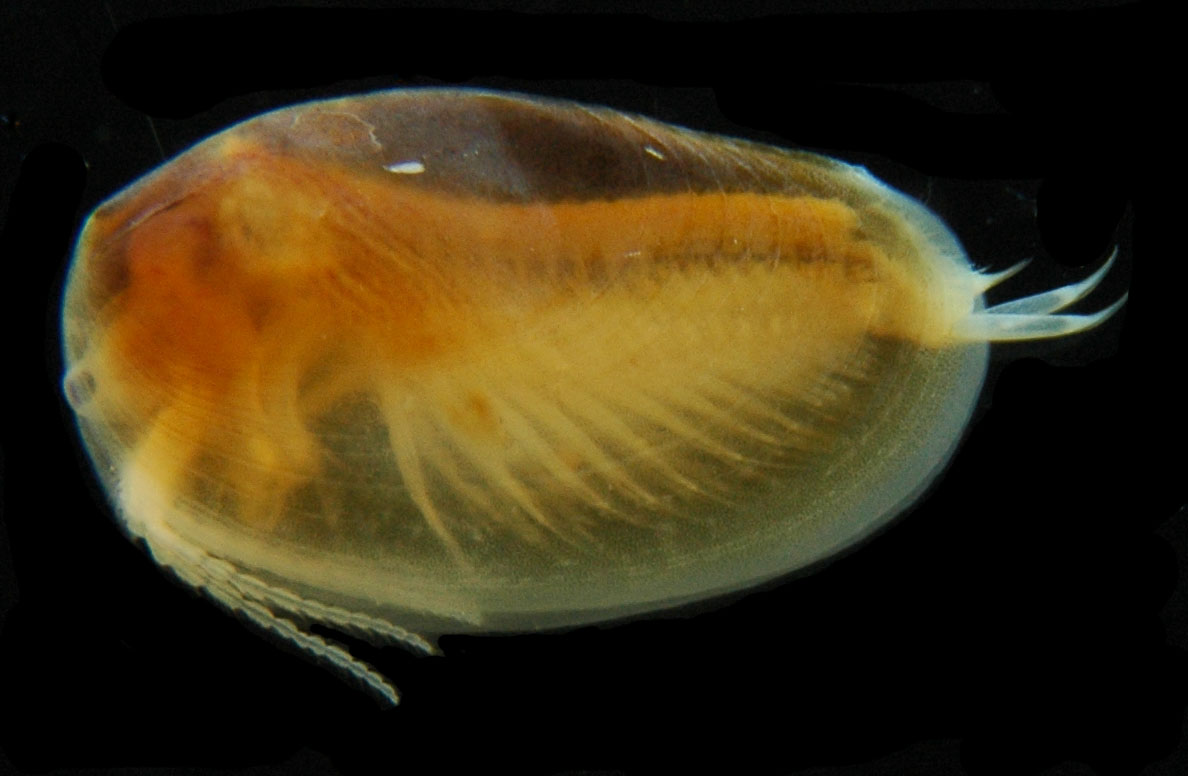
Branchiopoda - Conchostraca - Paralimandia badia
Image credit: � Brian Timms, Honorary Research Associate, Australian Museum, Sydney
used with permission
Image credit: � Brian Timms, Honorary Research Associate, Australian Museum, Sydney
used with permission
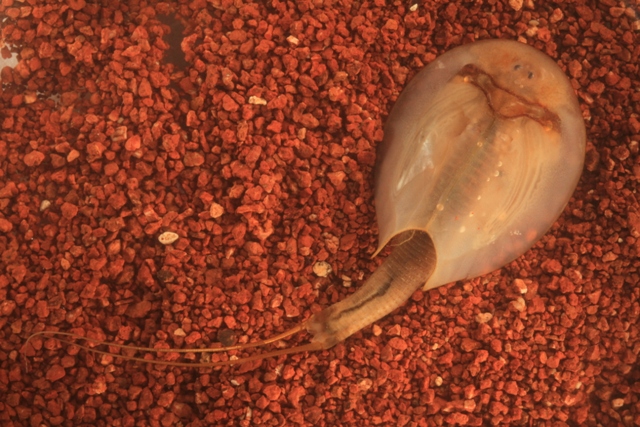
Branchiopoda - Notostraca - Triops australiensis
Image credit: � Brian Timms, Honorary Research Associate, Australian Museum, Sydney
used with permission
Image credit: � Brian Timms, Honorary Research Associate, Australian Museum, Sydney
used with permission
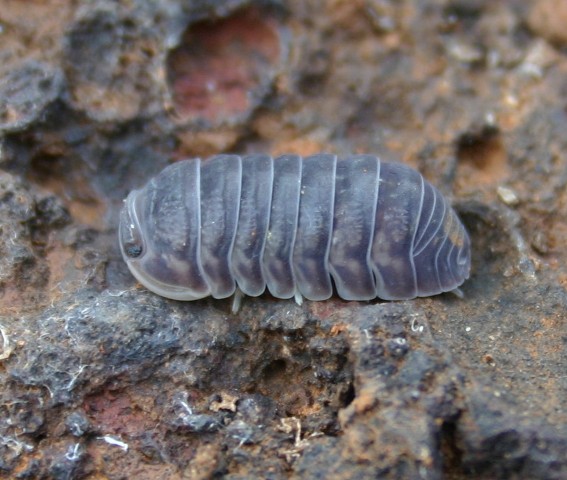
Malacostraca - Isopoda - terrestrial isopod from Mt Gibson, Western Australia
Image credit: Mark Harvey � Western Australian Museum
used with permission
Image credit: Mark Harvey � Western Australian Museum
used with permission

Branchiopoda - Cladocera - Simocephalus vetulus
Image credit: � Daniel Stoupin, used with permission
Microworlds Photography
Image credit: � Daniel Stoupin, used with permission
Microworlds Photography
References and further information
Atlas of Living Australia: Crustacea
Encyclopedia of Life: Crustacea
Tree of Life: Arthropoda: Crustacea
Australian Museum, crustaceans
Guide to Marine Zooplankton of South Eastern Australia
Lucid Key to the families of aquatic crustaceans
Marine Education Society of Australasia, crustaceans






